In the past few weeks, I’ve written a couple of times about the pressure China’s aviation authorities have been placing on international airlines to comply with the so-called ‘One China Policy’. Specifically, the Civil Aviation Administration of China (CAAC) placed an ultimatum on 44 airlines to change the way they referred to Taiwan in literature and websites.
The problem, it appears, is that most airlines listed Taiwan as a separate country which apparently fell foul of China’s stance that the island is simply a breakaway province which will one day be led by the mainland. Of course, the issue is incredibly sensitive and airlines have been forced to walk a tightrope in deciding what to do.
Most have taken the same decision as their respective governments – complying with China’s request in order to avoid potentially damaging repercussions (although the CAAC never elaborated on how airlines could be punished if they failed to comply with the demand). The majority of airlines now list Taiwan as “China – Taiwan” while some have removed all trace of Taiwan from their websites.
But the big three U.S. airlines – American, United and Delta, as well as Hawaiian didn’t give in quite as quickly as many other airlines. They initially said they would follow the advice of the State Department but considering the White House described China’s demands as “Orwellian nonsense” it’s probably safe to assume they didn’t want to acquiesce easily.
Initially, the July deadline came and went with American carriers saying they were still working on changes – the CAAC was not impressed and made it perfectly clear that more work needed to be done. As it stands, both Delta and American Airlines have now removed all trace of Taiwan from their websites – hiding a country-specific microsite from their websites and listing the airport as simply Taipei.

But United Airlines tried something a little different – cleverly using currency descriptions for China, Hong Kong and Taiwan alongside traditional country names on its website. Taiwan’s foreign minister, Li Hsien-chang yesterday thanked United Airlines for its “flexibility”.
“We would be glad to see any flexible workaround that differentiates Taiwan subjectively from China, in any means at all,” the minister was reported as saying by the South China Morning Post.
China’s foreign minister didn’t seem quite as impressed, with Bloomberg reporting a spokesperson as saying:
“However flexible they may try to get, there’s simply no way to sidestep the one-China principle.”
“There’s only one China in the world and Taiwan is part of China. This is the objective fact, common sense and international consensus.”
Oh dear.
So far, the CAAC hasn’t said whether it may further rebuke United or demand even more changes. In the meantime, we’ve seen a number of U.S. carriers reduce their footprint in China despite the commercial aviation market in the country exploding.
In the last week, American Airlines said it would reduce flights to the country because of high fuel costs. An escalating trade war between China and the United States won’t be helping matters either.
Mateusz Maszczynski honed his skills as an international flight attendant at the most prominent airline in the Middle East and has been flying ever since... most recently for a well known European airline. Matt is passionate about the aviation industry and has become an expert in passenger experience and human-centric stories. Always keeping an ear close to the ground, Matt's industry insights, analysis and news coverage is frequently relied upon by some of the biggest names in journalism.







